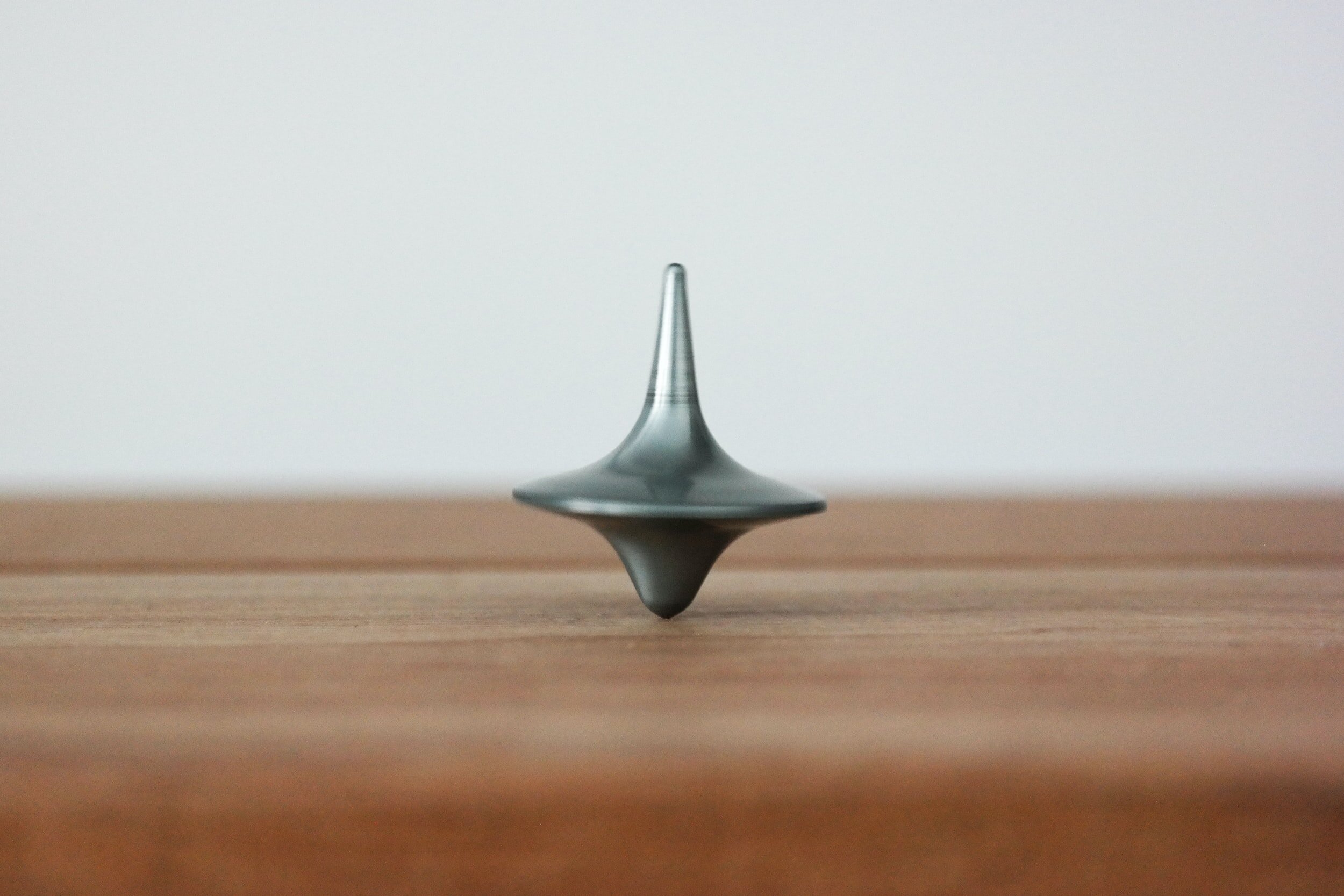How to Calculate CPP/QPP Contributions If You Are Self Employed
As an employee, your employer takes on the responsibility to pay certain payroll deductions to the government, which are deducted directly from the employees’ gross salary. The net salary, which is the amount on the employees’ paycheque, is the amount received after payroll and income taxes have been deducted. Included in the amounts that are deducted from your gross pay are contributions to the Canada Pension Plan or CPP which in Quebec is referred to as the Quebec Pension Plan or QPP. In addition to the CPP that is deducted from the employee’s paycheque, the employer is also required to remit an equal amount to the government . This is one of the costs to the employer for having employees.
What is CPP/QPP?
The Canada/Quebec Pension Plan is a retirement plan for all Canadian workers that earn employment or self employment income. Every year you are required to contribute a percentage of your salary or “active” income based on a fixed rate up to an annual maximum. This results in a pension amount that everyone will receive in proportion to the amounts they have contributed. You can start drawing on your CPP benefits when your reach the age of 60. The standard age that people start taking their pension is usually 65 , but this can be extended to age 70. The amount you will receive is based on a complex calculation that is affected by:
the number of years that you have contributed to the pension plan
your average earnings over the time period that you have been contributing
The age at which you start taking your pension
To qualify you only need to have made one contribution during your lifetime.
The maximum amount of CPP/QPP benefits that you could receive in 2024, on a monthly basis, is $1,364 assuming you fully contributed to the plan up to the maximum amount, per year. This amount decreases or increases depending on whether you decide it to start taking it before or after the age of 65.
If you move provinces from Quebec to another part of Canada, you are still entitled to the full amount of pension and would apply for CPP benefits as these are automatically transferred when you move. The same is true if you move from Canada to Quebec, except you would apply for QPP benefits.
If you move to another country, outside of Canada, and have contributed to the CPP or QPP , you are also still entitled to benefits even though you are no longer living in Canada.
how do CPP/QPP Contributions apply to the Self Employed ?
While employees who receive a salary only contribute the employee portion of CPP/QPP as explained above, when you are an unincorporated small business owner/self-employed,(that reports income on a T2125) you are essentially taking on the role of both employer and employee. Consequently, the self-employed and unincorporated small business owners are required to remit both the employee and the employer portions of the CPP or QPP to Revenue Canada or Revenue Quebec respectively. Both the CPP and QPP (whichever applies) is calculated annually based on your taxable self employment/small business income. If you are using tax software to complete your personal tax return, it will be automatically calculated and included in the balance owing on the tax return. The actual remittance to Revenue Canada or Revenue Quebec is calculated based on your self employment income for the calendar year on your tax return (T1 and TP1) and is remitted through your payment of year end taxes. 50% of the total contribution is a tax deduction on your T1 similar to an employer with employees, who would be allowed to deduct these contributions from business income.
what is the cpp/qpp contribution calculation for self employed workers?
Contributions to CPP/QPP can be a significant portion of taxes payable at the end of the year. As such it is beneficial to know the amount that might be due based on your estimated self employment income so that you can plan for your tax bill in advance. The 2023 CPP rate for the self employed is 11.9% while the QPP rate is 12.8%. In both cases that maximum amount of earnings on which CPP/QPP is applicable is $66,600 i.e. CPP/QPP contributions are not deducted from income that exceeds $66,600 . It should also be noted that there is a deduction of $3,500 which means that anyone who earns less than $3,500 does not have to contribute. Also, for calculation purposes, $3,500 is deducted from your total pensionable income after which the rate is applied.
To estimate your CPP or QPP contributions, click on the links below to access the calculators:
CPP Contribution Calculator for Self Employed
QPP Contribution CalculatorSelf Employed
Contributions to the Canada (Quebec) Pension Plan can be a little painful given that they represent more than 10% of your business income, however it is good to keep mind that you are essentially contributing to a pension fund that you will (hopefully) receive back when you reach retirement age.
Looking to better understand your small business/self employed taxes? Download our free small business/self employed tax return checklist.
Ronika Khanna is an accounting and finance professional who helps small businesses achieve their financial goals. She is the author of several books for small businesses and also provides financial consulting services.











UPDATED FOR 2024
Mastering Canadian taxes as a small business or self-employed owner can often feel complex and overwhelming. Simple errors, oversights, and miscalculations can result in paying a higher tax bill than is necessary and result in costly audits and/or penalties.
But keeping your business on the right side of the tax authorities is easier than you think. Small Business Tax Facts: An Easy-to-Understand Guide for Canadian Small Business Owners teaches you the fundamentals and the facts about income and tax. It shows you how to navigate taxes, pay only what you owe, and on time, and save your hard earned money by claiming the deductions that you are entitled to.
Inside this comprehensive and helpful guide for unincorporated small business and self employed owners, you’ll discover:
a comprehensive breakdown of business expenses and deductions with examples to help you maximize your tax savings
detailed explanation of income tax implications for small business and self-employed individuals
expert guidance on how tax brackets and rates work so that you can understand exactly how you are taxed
the differences between being an employee and a small business/self employed owner allowing you to make informed decisions about your tax obligations
how to register for an online CRA Account to simplify your tax reporting and compliance
a list of the most common tax deductions and tax credits to help you reduce your tax bill
insights into how small business/self employed owners should do their accounting to simplify the tax preparation process
guidance on how to prepare and file your own business income tax return, allowing you to save on hiring an accountant
insights on sales taxes, including how to prepare your sales tax (GST/HST) returns accurately.
how Canada Pension Plan (CPP) contributions work ,how to calculate them and how they affect your taxes payable
and so much more!
Discover insider secrets, tools, techniques, and must-know information from author Ronika Khanna CPA, CA, & CFA, and learn to navigate your Canadian small business taxes with ease.
Get your free small business tax return checklist .